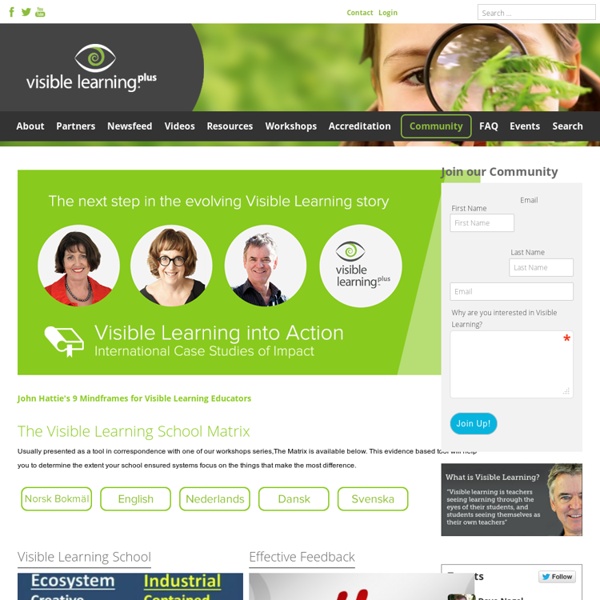



10 Characteristics Of A Highly Effective Learning Environment 10 Characteristics Of A Highly Effective Learning Environment by Terry Heick For in-person professional development from TeachThought on how to create an effective learning environment in your classroom or school, contact us today. Wherever we are, we’d all like to think our classrooms are “intellectually active” places. The reality is, there is no single answer because teaching and learning are awkward to consider as single events or individual “things.” So we put together one take on the characteristics of a highly effective classroom. 1. This is not a feel-good implication, but really crucial for the whole learning process to work. The role of curiosity has been studied (and perhaps under-studied and under-appreciated), but suffice to say that if a learner enters any learning activity with little to no natural curiosity, prospects for meaningful interaction with texts, media, and specific tasks are bleak. 2. Questions are more important than answers. 3. 4. 5. 6. 7. 8. 9. 10.
32 Characteristics Of High-Performing Classrooms 32 Characteristics Of High-Performing Classrooms: Spotting The Holes In Your Teaching by Terry Heick Instructional design is the strategic creation of learning experiences through intentional planning, sequencing, and data-based revision of learning. This process includes both the ways content is accessed, and the learning needs and objectives (and how they are determined) themselves. This puts instructional strategies, literacy strategies, curriculum mapping, standards unpacking, assessment design, digital literacy, and a dozen other facets of education beneath its umbrella. With that in mind, we’ve created the following 32 characteristics of higher-level instructional planning to help you spot the holes in your teaching. Technology Integration Cognitive Demand Lesson Planning Assessments Curriculum Mapping Learner Choice Classroom Management Student Support Image attribution flickr user flickeringbrad; 32 Characteristics Of A High-Performing Classroom
Top tips for teachers on engaging parents in learning | Teacher Network Schools take a variety of creative approaches to involve parents in their child’s learning, from parent-student cooking classes to sending tweets about lesson activities. We recently ran a live chat for teachers, heads, academics and parents to share their ideas on how to break down barriers, reach those who were reluctant to engage and ensure parents and carers feel that their voices are heard. Here’s a roundup of their suggestions: Make sure parents feel listened to Schools must take the lead and be as flexible as possible. Simon Feasey, headteacher at Bader primary school The simple things work best One nice thing the secondary teachers [at my son’s school] do is send a stamped postcard home when my son does a good piece of homework. Tes Macpherson is a tech entrepreneur who set up the parent communication platform PTAsocial Give feedback I’ve been in more than one school where staff have said how many helpful ideas parents had given them, while parents said that staff never listened.
Top 10 Evidence Based Teaching Strategies Most teachers care about their students’ results. If you are reading this article, you are undoubtedly one of them. There is no doubt that teachers make a difference to how well their kids do at school. However, when you explore the thousands of research studies1 on the topic, it is apparent that some teaching strategies have far more impact than other teaching strategies do. Evidence Based Teaching Strategies Research shows that evidence based teaching strategies are likely to have the largest impact on student results. I wrote this article because you (and other teachers) have far too many demands on your time to sift through decades worth of research. For teaching strategies to be included on this list, they had to: Be supported by hard research, instead of anecdotal case studies or untested theoriesHave a substantially higher effect on student results than other teaching strategiesBe able to be used on a wide range of subjects and in every year level Want to know more? References